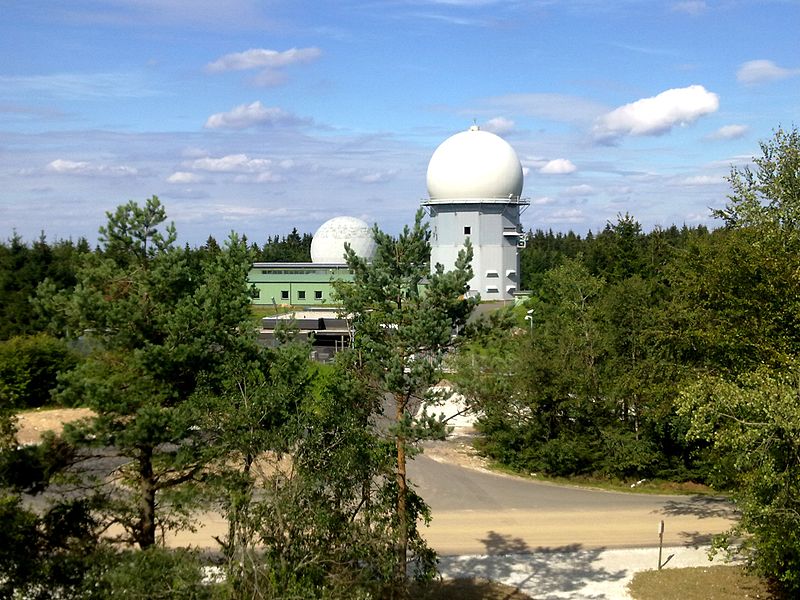
The German Air Force’s (Luftwaffe) Hughes Air Defense Radars (HADR) modernisation programme has moved ahead with the completion of site acceptance testing by Saab Sensis.
As part of the programme, the company has installed a new commercial-off-the-shelf (COTS) receiver / exciter, radar signal processor, radar data processor, as well as a display function in one cabinet to help expand the radar’s service life, and also enhance its detection and tracking capabilities.
Saab is under contract to upgrade a total of four obsolete HADR systems, while also maintaining their original operational and performance requirements.
Saab Sensis defence products and programs general manager Erik Smith said the company’s COTS radar upgrade approach has proven to be a cost-effective means of extending the service life of current air surveillance radars compared to deployment of new systems.
”The result is an improved radar that is ready to detect today’s airborne threats without the need to retrain radar operators,” Smith added.
The COTS solution is capable of lowering mobilisation costs by providing more reliable position estimates in clutter, in addition to enhancing detection, and reducing gaps and blind spots.
How well do you really know your competitors?
Access the most comprehensive Company Profiles on the market, powered by GlobalData. Save hours of research. Gain competitive edge.

Thank you!
Your download email will arrive shortly
Not ready to buy yet? Download a free sample
We are confident about the unique quality of our Company Profiles. However, we want you to make the most beneficial decision for your business, so we offer a free sample that you can download by submitting the below form
By GlobalDataAdditional advantages include the need for fewer personnel for operation, a reduction in the number of line replacement units, as well as elimination of the requirement for tuning and calibration functions.
The HADR is a ground-based air surveillance defence radar designed for detection of airborne targets at ranges of up to 400km. Itinitially entered service with Luftwaffe over 30 years ago.
The radars are currently installed at Brockzetel, Erbeskopf, Marienbaum and MeBstetten in West Germany.
Out of the four systems, two are operated in collaboration with the Nato Air Defence Ground Environment (NADGE), also called German ADGE.
Image: The German Air Force’s Hughes Air Defense Radar in Erbeskopf, Germany. Photo: Pardin.







